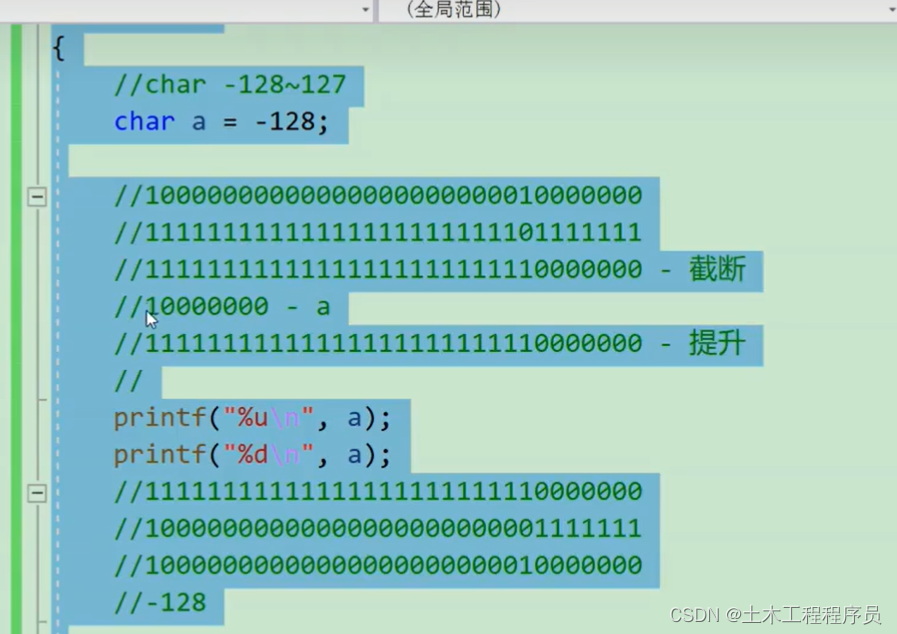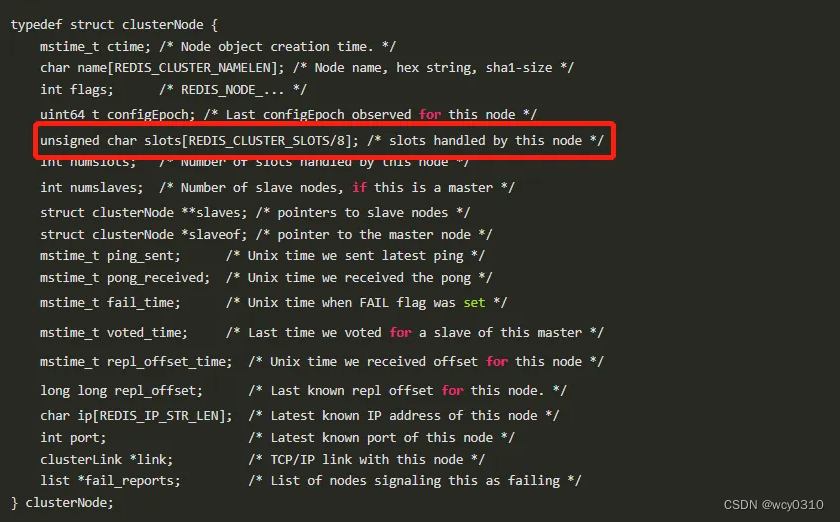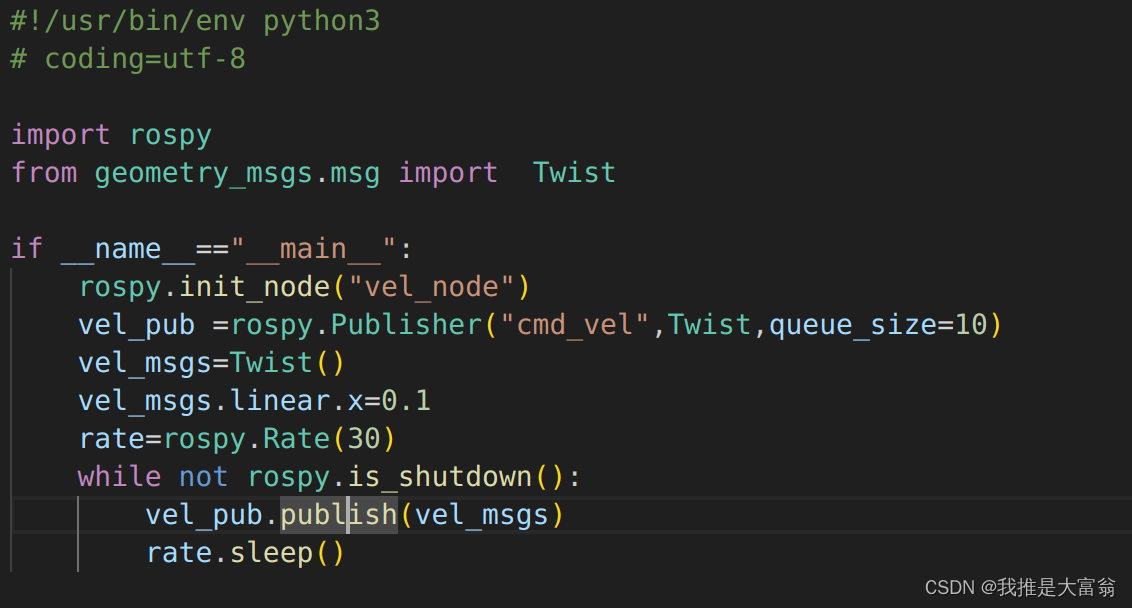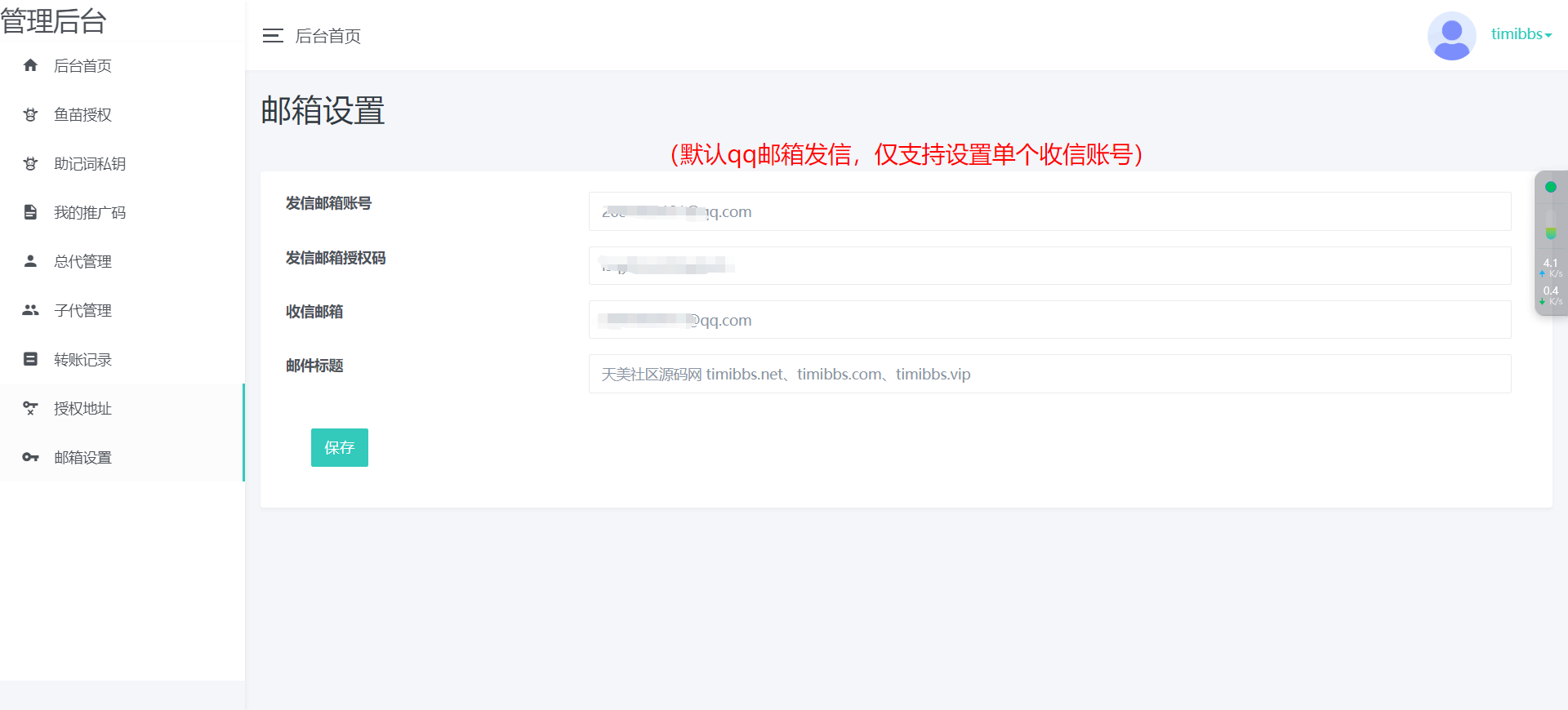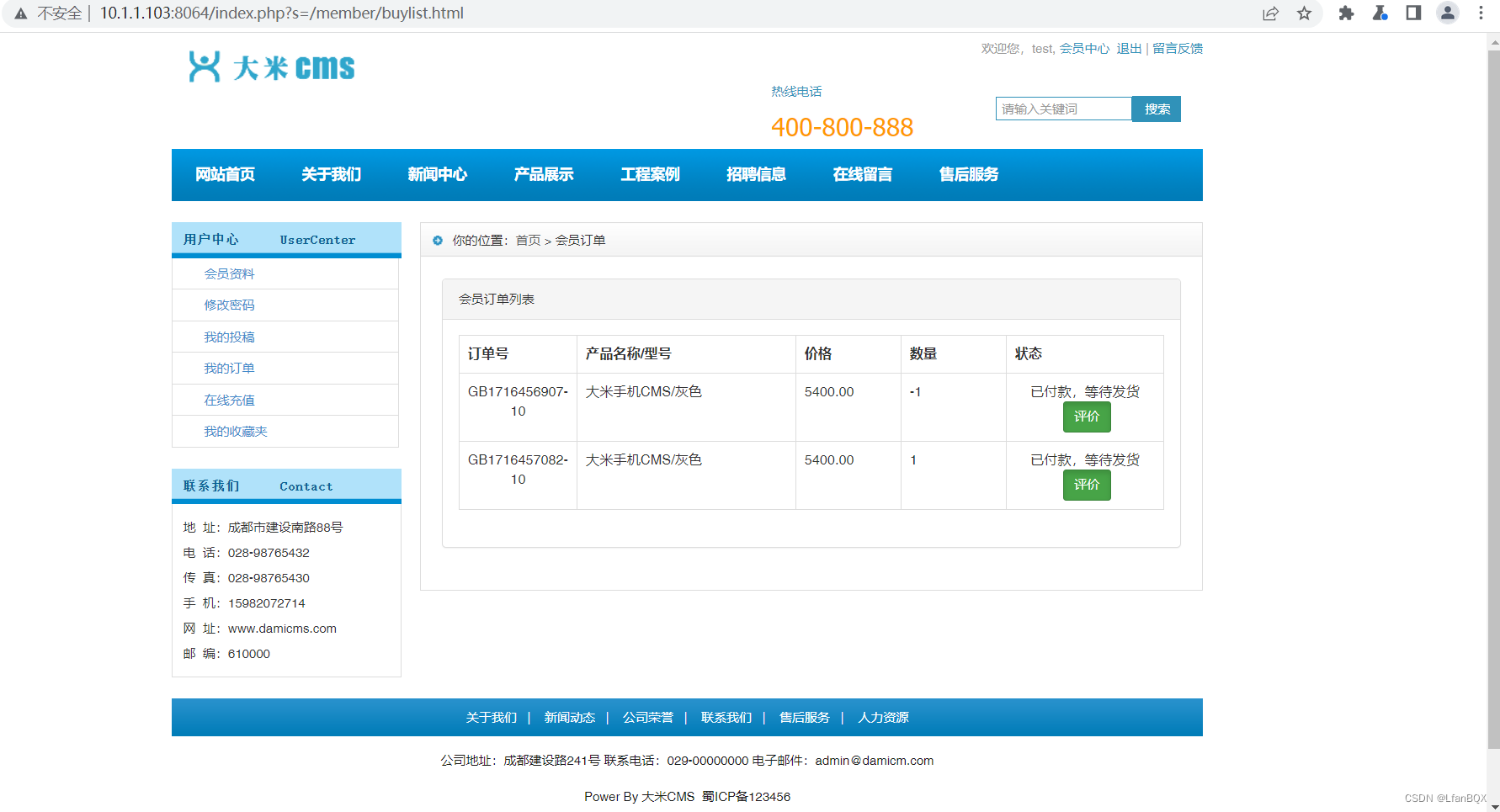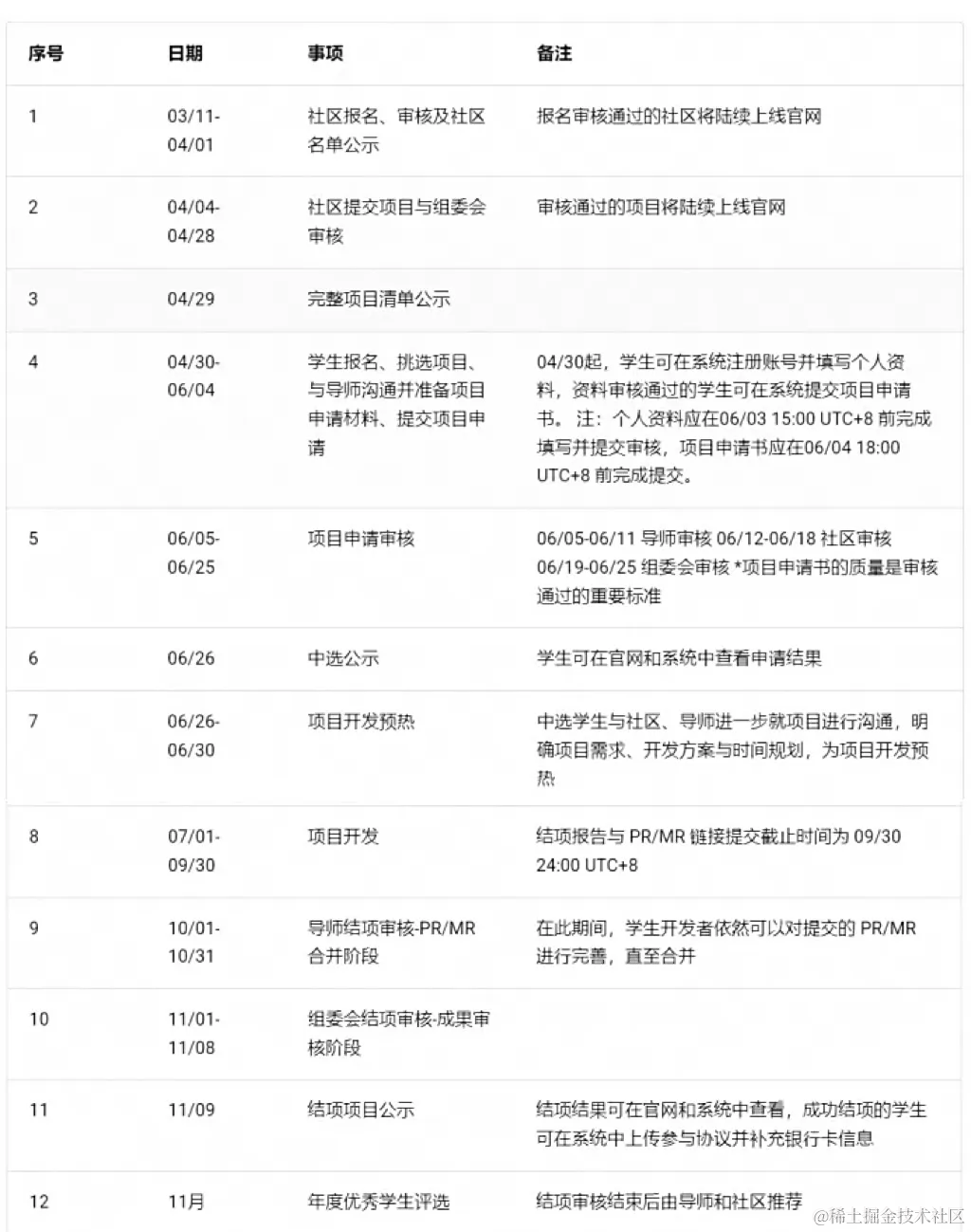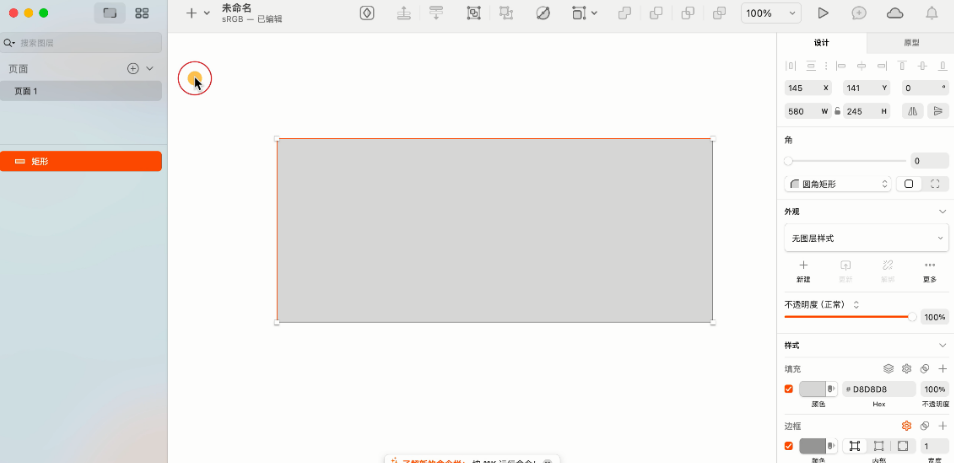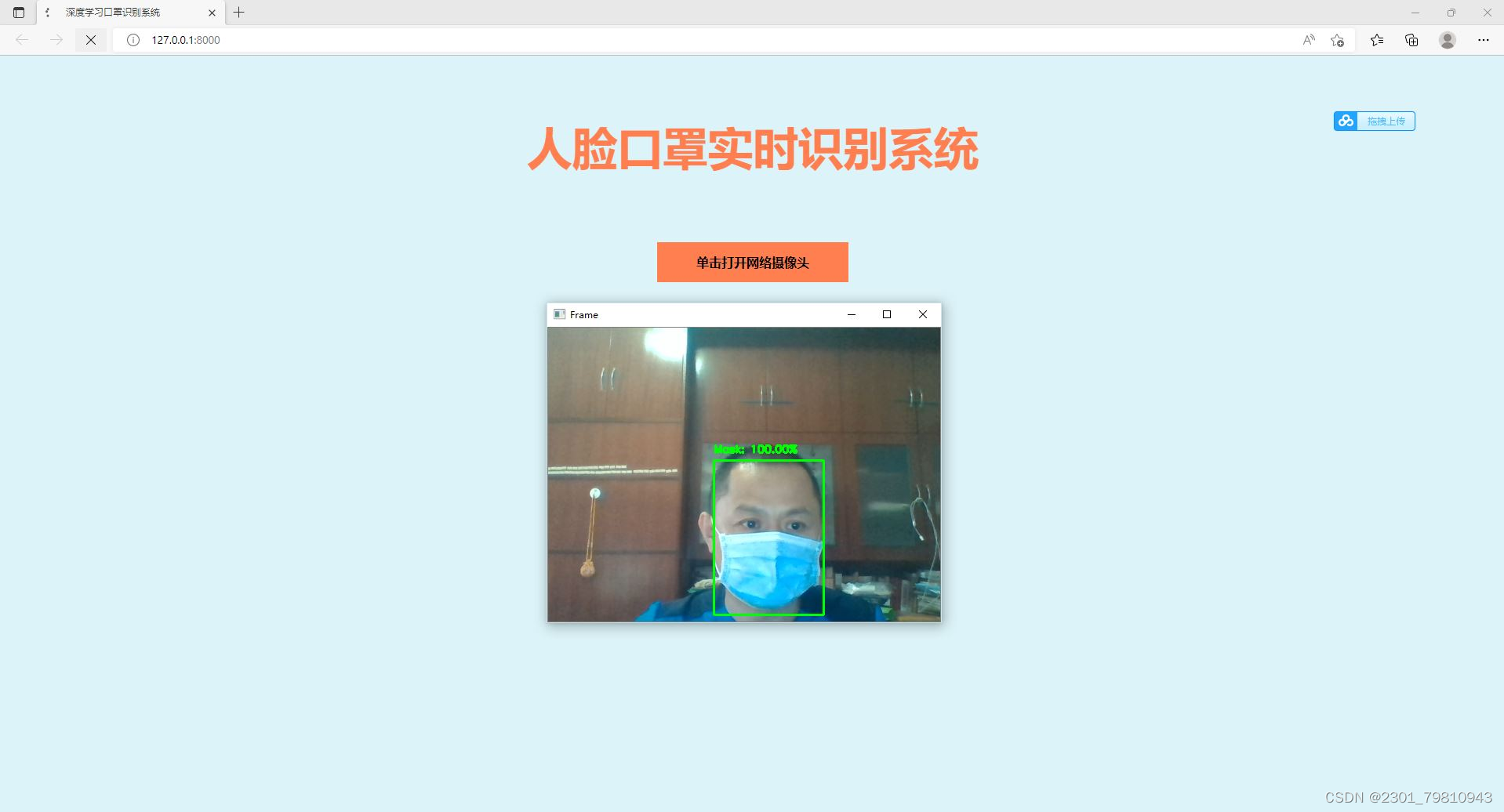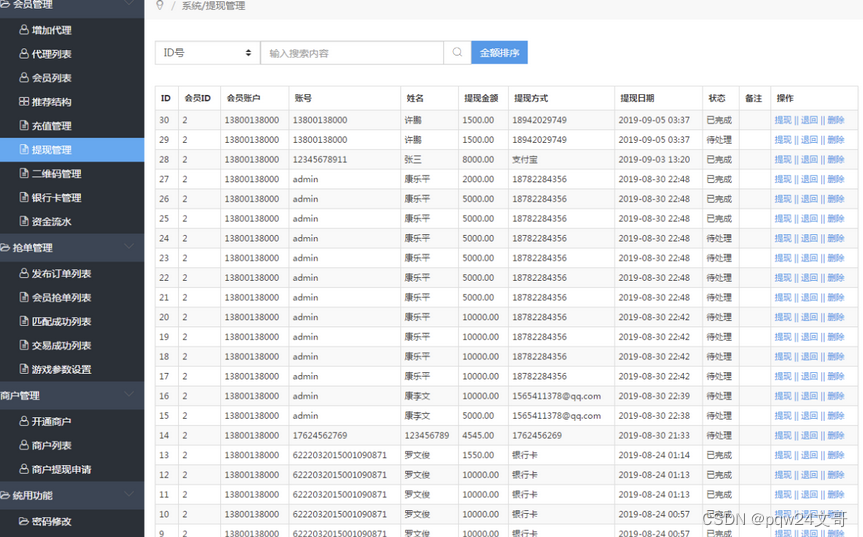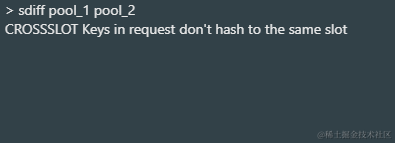目录
一、什么是String类
二、String类的使用
三、String类的字符串操作
String对象的比较
字符串的查找
字符串的转换
字符串的替换
字符串的拆分
字符串的截取
大小写和去空格方法
四、字符串的不可变性
五、字符串的修改
六、StringBuilder类和StringBuffer类
七、String的习题
一、什么是String类
简单讲:是一个类!创建字符串和使用字符串方法的类。
用' '圈起来的叫字符,比如:'a','b'....里面只能有一个char类型的字符。
用" "圈起来的叫字符串,比如:"abc"..里面可以连着多个字符一起。
二、String类的使用
String提供了很多使用方法,常见的三种如下:
//直接赋值
String s1="zhangsan";
//String类是类,可以直接new对象
String s2=new String("zhangsan");
//用字符间接创造字符串
char[] arr={'o','w','s','p','q'};
String s3=new String(arr);注意:
String是引用类型,所以它里面存的不是字符串,是地址。让我们看看代码:

并且它源码里面是由char类型的数组组成的,还有个hash值,默认是0。
public static void main(String[] args) {
// s1和s2引用的是不同对象 s1和s3引用的是同一对象
String s1 = new String("hello");
String s2 = new String("world");
String s3 = s1;
System.out.println(s1.length()); // 获取字符串长度---输出5
System.out.println(s1.isEmpty()); // 如果字符串长度为0,返回true,否则返回false
}为什么s1和s2引用的是不同对象呢?
答:因为s1和s2分别new对象出来,new的时候,会创造不同的空间存放值。

其中:在Java中“”引起来的也是String类型对象。
// 打印"hello"字符串(String对象)的长度
System.out.println("hello".length());三、String类的字符串操作
String对象的比较
1. ==比较引用对象时,注意==比较的是地址!!!若是基本类型,就是比数值。
public static void main(String[] args) {
int a = 10;
int b = 20;
int c = 10;
// 对于基本类型变量,==比较两个变量中存储的值是否相同
System.out.println(a == b); // false
System.out.println(a == c); // true
// 对于引用类型变量,==比较两个引用变量引用的是否为同一个对象
String s1 = new String("hello");
String s2 = new String("hello");
String s3 = new String("world");
String s4 = s1;
System.out.println(s1 == s2); // false
System.out.println(s2 == s3); // false
System.out.println(s1 == s4); // true
}2. boolean equals(Object anObject) 方法:按照字典序比较
Object中equals默认按照==比较,String类重写了父类Object中equals方法
public static void main(String[] args) {
String s1 = new String("hello");
String s2 = new String("hello");
String s3 = new String("Hello");
// s1、s2、s3引用的是三个不同对象,因此==比较结果全部为false
System.out.println(s1 == s2); // false
System.out.println(s1 == s3); // false
// equals比较:String对象中的逐个字符
// 虽然s1与s2引用的不是同一个对象,但是两个对象中放置的内容相同,因此输出true
// s1与s3引用的不是同一个对象,而且两个对象中内容也不同,因此输出false
System.out.println(s1.equals(s2)); // true
System.out.println(s1.equals(s3)); // false
}
==比的是地址,而String重写后的equals比的是字符串相同
3.int compareTo(String s) 方法: 按照字典序进行比较
可能的疑问:不是有equals了吗,为什么还需要compareTo方法?
答:equals比的是相不相同,compareTo比的是谁大谁小
public static void main(String[] args) {
String s1 = new String("abc");
String s2 = new String("ac");
String s3 = new String("abc");
String s4 = new String("abcdef");
System.out.println(s1.compareTo(s2)); // 不同输出字符差值-1
System.out.println(s1.compareTo(s3)); // 相同输出 0
System.out.println(s1.compareTo(s4)); // 前k个字符完全相同,输出长度差值 -3
}
具体的比较方法:
1. 先按照字典次序大小比较,如果出现不等的字符,直接返回这两个字符的大小差值
2. 如果前k个字符相等(k为两个字符长度最小值),返回值两个字符串长度差值
4. int compareToIgnoreCase(String str) 方法:与compareTo方式相同,但是忽略大小写比较
public static void main(String[] args) {
String s1 = new String("abc");
String s2 = new String("ac");
String s3 = new String("ABc");
String s4 = new String("abcdef");
System.out.println(s1.compareToIgnoreCase(s2)); // 不同输出字符差值-1
System.out.println(s1.compareToIgnoreCase(s3)); // 相同输出 0
System.out.println(s1.compareToIgnoreCase(s4)); // 前k个字符完全相同,输出长度差值 -3
}
字符串的查找
字符串查找也是字符串中非常常见的操作,String类提供的常用查找的方法:
| 方法 | 功能 |
| char charAt(int index) | 返回index位置上字符,如果index为负数或者越界,抛出 IndexOutOfBoundsException异常 |
| int indexOf(int ch) | 返回ch第一次出现的位置,没有返回-1 |
| int indexOf(int ch, int fromIndex) | 从fromIndex位置开始找ch第一次出现的位置,没有返回-1 |
| int indexOf(String str) | 返回str第一次出现的位置,没有返回-1 |
| int indexOf(String str, int fromIndex) | 从fromIndex位置开始找str第一次出现的位置,没有返回-1 |
| int lastIndexOf(int ch) | 从后往前找,返回ch第一次出现的位置,没有返回-1 |
| int lastIndexOf(int ch, int fromIndex) | 从fromIndex位置开始找,从后往前找ch第一次出现的位置,没有返 回-1 |
| int lastIndexOf(String str) | 从后往前找,返回str第一次出现的位置,没有返回-1 |
| int lastIndexOf(String str, int fromIndex) | 从fromIndex位置开始找,从后往前找str第一次出现的位置,没有返回-1 |
public static void main(String[] args) {
String s = "aaabbbcccaaabbbccc";
System.out.println(s.charAt(3)); // 'b'
System.out.println(s.indexOf('c')); // 6
System.out.println(s.indexOf('c', 10)); // 15
System.out.println(s.indexOf("bbb")); // 3
System.out.println(s.indexOf("bbb", 10)); // 12
System.out.println(s.lastIndexOf('c')); // 17
System.out.println(s.lastIndexOf('c', 10)); // 8
System.out.println(s.lastIndexOf("bbb")); // 12
System.out.println(s.lastIndexOf("bbb", 10)); // 3
}字符串的转换
1.数值和字符串互转
public static void main(String[] args) {
// 数字转字符串
String s1 = String.valueOf(1234);
String s2 = String.valueOf(12.34);
String s3 = String.valueOf(true);
String s4 = String.valueOf(new Student("Hanmeimei", 18));
System.out.println(s1);
System.out.println(s2);
System.out.println(s3);
System.out.println(s4);
System.out.println("=================================");
// 字符串转数字
// 注意:Integer、Double等是Java中的包装类型,在我之前包装类博客讲过
int data1 = Integer.parseInt("1234");
double data2 = Double.parseDouble("12.34");
System.out.println(data1);
System.out.println(data2);
}2.大小写转化
public static void main(String[] args) {
String s1 = "hello";
String s2 = "HELLO";
// 小写转大写
System.out.println(s1.toUpperCase());
// 大写转小写
System.out.println(s2.toLowerCase());
}
3.字符串转数组
public static void main(String[] args) {
String s = "hello";
// 字符串转数组
char[] ch = s.toCharArray();
for (int i = 0; i < ch.length; i++) {
System.out.print(ch[i]);
}
System.out.println();
// 数组转字符串
String s2 = new String(ch);
System.out.println(s2);
}
4.格式化
public static void main(String[] args) {
String s = String.format("%d-%d-%d", 2019, 9,14);
System.out.println(s);
}字符串的替换
| 方法 | 功能 |
| String replaceAll(String regex, String replacement) | 替换所有的指定内容 |
| String replaceFirst(String regex, String replacement) | 替换收个内容 |
String str = "helloworld" ;
System.out.println(str.replaceAll("l", "_"));
System.out.println(str.replaceFirst("l", "_"));
注意事项: 由于字符串是不可变对象,替换不修改当前字符串, 而是产生一个新的字符串。下面会解释。
字符串的拆分
| 方法 | 功能 |
| String[] split(String regex) | 将字符串全部拆分 |
| String[] split(String regex, int limit) | 将字符串以指定的格式,拆分为limit组 |
String str = "hello world hello bit" ;
String[] result1 = str.split(" ") ; // 按照空格拆分,全拆分
String[] result2 = str.split(" ",2) ; // 按照空格拆分,拆两个
for(String s1: result1) {
System.out.println(s1);
}
for(String s2: result2) {
System.out.println(s2);
}
//执行结果
hello
world
hello
bit
hello
world hello bit
注意:要用数组来接收。
有些特殊字符作为分割符可能无法正确切分, 需要加上转义。
String str = "192.168.1.1" ;
String[] result = str.split("\\.") ;
for(String s: result) {
System.out.println(s);
}
注意事项:
1. 字符"|","*","+"都得加上转义字符,前面加上 "\\" 。
2. 而如果是 "\" ,那么就得写成 "\\\\" 。
3. 如果一个字符串中有多个分隔符,可以用"|"作为连字符。
字符串的截取
| 方法 | 功能 |
| String substring(int beginIndex) | 从指定索引截取到结尾 |
| String substring(int beginIndex, int endIndex) | 截取部分内容 |
String str = "helloworld" ;
System.out.println(str.substring(5));
System.out.println(str.substring(0, 5));注意事项:
1. 索引从0开始
2. 注意前闭后开区间的写法, substring(0, 5) 表示包含 0 号下标的字符, 不包含 5 号下标
大小写和去空格方法
| 方法 | 功能 |
| String trim() | 去掉字符串中的左右空格,保留中间空格 |
| String toUpperCase() | 字符串转大写 |
| String toLowerCase() | 字符串转小写 |
String str = " hello world " ;
System.out.println("["+str+"]");
System.out.println("["+str.trim()+"]");
String str = " hello%$$%@#$%world 哈哈哈 " ;
System.out.println(str.toUpperCase());
System.out.println(str.toLowerCase());小提示:trim 会去掉字符串开头和结尾的空白字符(空格, 换行, 制表符等),大小写只转换字母
四、字符串的不可变性
简单来说:就是字符串这玩意儿的值不能改。让我们通过源码:

提出误区:
我们可以看出value和String都是由final修饰的,但这并不是它不可以被修改的理由!
final修饰是(String类和value指向)不能被继承的意思!!!
比如:下面代码array数组也是final修饰,只是它的地址(指向),它里面的数字却可以修改,也就是说final并不是字符串不可变性的原因!
public static void main(String[] args) {
final int array[] = {1,2,3,4,5};
array[0] = 100;
System.out.println(Arrays.toString(array));
// array = new int[]{4,5,6}; // 编译报错:Error:(19, 9) java: 无法为最终变量array分配值
}正确理解:
因为就是说我们要是能拿到array的地址(指向)就可以改变这个不可变性,
但是!!!它是由private修饰的,它就是不给你拿到这个值!
为什么 String 要设计成不可变的?(不可变对象的好处是什么?)
1. 方便实现字符串对象池。 如果 String 可变,那么对象池就需要考虑写时拷贝的问题了。
2. 不可变对象是线程安全的。
3. 不可变对象更方便缓存 hash code, 作为 key 时可以更高效的保存到 HashMap 中。
五、字符串的修改
注意:尽量避免直接对String类型对象进行修改,因为String类是不能修改的,所有的修改都会创建新对象,效率非常低下。
public static void main(String[] args) {
String s = "hello";
s += " world";
System.out.println(s); // 输出:hello world
//上面的原理(或者说背后实现)的代码是下面
String s2="hello";
StringBuilder stringBuilder=new StringBuilder();
stringBuilder.append(s2);
stringBuilder.append("world");
s2=stringBuilder.toString();
System.out.println(s2);
}但是这种方式不推荐使用,因为其效率非常低,中间创建了好多临时对象。
public static void main(String[] args) {
long start = System.currentTimeMillis();
String s = "";
for(int i = 0; i < 10000; ++i){
s += i;
}
long end = System.currentTimeMillis();
System.out.println(end - start);
start = System.currentTimeMillis();
StringBuffer sbf = new StringBuffer("");
for(int i = 0; i < 10000; ++i){
sbf.append(i);
}
end = System.currentTimeMillis();
System.out.println(end - start);
start = System.currentTimeMillis();
StringBuilder sbd = new StringBuilder();
for(int i = 0; i < 10000; ++i){
sbd.append(i);
}
end = System.currentTimeMillis();
System.out.println(end - start);
}
//执行结果
144
1
2可以看待在对String类进行修改时,效率是非常慢的,因此:尽量避免对String的直接需要,如果要修改建议尽量 使用StringBuffer或者StringBuilder。
StringBuffer s1 = new StringBuffer("");
for(int i = 0; i < 10000; ++i){
s1.append(i);
}
StringBuilder s2 = new StringBuilder("");
for(int i = 0; i < 10000; ++i){
s2.append(i);
}
它两不像String一样,每次都要重新new一个对象,也可以说是一劳永逸。
六、StringBuilder类和StringBuffer类
| 方法 | 功能 |
| StringBuff append(String str) | 在尾部追加,相当于String的+=,可以追加:boolean、char、char[]、 double、float、int、long、Object、String、StringBuff的变量 |
| char charAt(int index) | 获取index位置的字符 |
| int length() | 获取字符串的长度 |
| int capacity() | 获取底层保存字符串空间总的大小 |
| void ensureCapacity(int mininmumCapacity) | 扩容 |
| void setCharAt(int index, char ch) | 将index位置的字符设置为ch |
| int indexOf(String str) | 返回str第一次出现的位置 |
| int indexOf(String str, int fromIndex) | 从fromIndex位置开始查找str第一次出现的位置 |
| int lastIndexOf(String str) | 返回最后一次出现str的位置 |
| int lastIndexOf(String str, int fromIndex) | 从fromIndex位置开始找str最后一次出现的位置 |
| StringBuff insert(int offset, String str) | 在offset位置插入:八种基类类型 & String类型 & Object类型数据 |
| StringBuffer deleteCharAt(int index) | 删除index位置字符 |
| StringBuffer delete(int start, int end) | 删除[start, end)区间内的字符 |
| StringBuffer replace(int start, int end, String str) | 将[start, end)位置的字符替换为str |
| String substring(int start) | 从start开始一直到末尾的字符以String的方式返回 |
| String substring(int start,int end) | 将[start, end)范围内的字符以String的方式返回 |
| StringBuffer reverse() | 反转字符串 |
| String toString() | 将所有字符按照String的方式返回 |
public static void main(String[] args) {
StringBuilder sb1 = new StringBuilder("hello");
StringBuilder sb2 = sb1;
// 追加:即尾插-->字符、字符串、整形数字
sb1.append(' '); // hello
sb1.append("world"); // hello world
sb1.append(123); // hello world123
System.out.println(sb1); // hello world123
System.out.println(sb1 == sb2); // true
System.out.println(sb1.charAt(0)); // 获取0号位上的字符 h
System.out.println(sb1.length()); // 获取字符串的有效长度14
System.out.println(sb1.capacity()); // 获取底层数组的总大小
sb1.setCharAt(0, 'H'); // 设置任意位置的字符 Hello world123
sb1.insert(0, "Hello world!!!"); // Hello world!!!Hello world123
System.out.println(sb1);
System.out.println(sb1.indexOf("Hello")); // 获取Hello第一次出现的位置
System.out.println(sb1.lastIndexOf("hello")); // 获取hello最后一次出现的位置
sb1.deleteCharAt(0); // 删除首字符
sb1.delete(0,5); // 删除[0, 5)范围内的字符
String str = sb1.substring(0, 5); // 截取[0, 5)区间中的字符以String的方式返回
System.out.println(str);
sb1.reverse(); // 字符串逆转
str = sb1.toString(); // 将StringBuffer以String的方式返回
System.out.println(str);
}从上述例子可以看出:String和StringBuilder最大的区别在于String的内容无法修改,而StringBuilder的内容可以修改。频繁修改字符串的情况考虑使用StringBuilder。
七、String的习题
第一题:
String str = new String("ab"); // 会创建多少个对象
String str = new String("a") + new String("b"); // 会创建多少个对象第一个会创建2个:
一个是new的对象,一个是“ab”在常量池的对象
第二个会创建6个:
new出来2个对象,常量池“a”和“b”两个,底层调用StringBuilder又一个对象,StringBuilder转字符串toString调用又一个对象,一共六个。
第二题:
public class Example{
String str = new String("good");
char[ ] ch = { 'a' , 'b' , 'c' };
public static void main(String args[]){
Example ex = new Example();
ex.change(ex.str,ex.ch);
System.out.print(ex.str + " and ");
System.out.print(ex.ch);
}
public void change(String str,char ch[ ]){
str = "test ok";
ch[0] = 'g';
}
}
分析:
ex有两个变量ch和str。ex指向ch和str(ch和str也是引用对象)存的的地址,指向good和abc。
这时候调用change方法,把str和ch传过去,但请注意:!!它会再开辟两个空间存change的str和ch(相当于String 形参str=实参str,这两个str是不同的)。
由于字符串的不可变性,修改的时候会重新申请一段内存存“test ok”,但是数组里面的值却可以修改(ch地址不能改,但值可以)。
所以change里面的str就改为test ok(是新的空间和内存),但是原本在main方法里面的实参str却没有修改,所以还是good,但是!数组里面却修改成gbc。
答案是good and gbc
第三题
求字符串中第一个唯一的字符
解释题目:
给定一个字符串
s,找到 它的第一个不重复的字符,并返回它的索引 。如果不存在,则返回-1。解题思路:
用一个数组有26个空间,代表每一个a,b,c等每一个字符,
由于数组是从0索引,我们可以把字符串的每个字符拿出来减去字符a,比如‘a’-‘a'==0,刚刚好从0索引,同理其他字符也如此。
遍历字符串,遇到字符就++,再遍历一遍字符串,第一个为1的字符就是第一个唯一的字符。
class Solution {
public int firstUniqChar(String s) {
int[] count=new int[26];
for(int i=0;i<s.length();i++){
char ch=s.charAt(i);
count[ch-'a']++;
}for(int i=0;i<s.length();i++){
char ch=s.charAt(i);
if(count[ch-'a']==1){
return i;
}
}
return -1;
}
}注意点:
1.数组要用int类型,因为里面存的是一个字符的次数,是数字整型
2.对于字符串的遍历要用length()这个方法。
3.从字符串取字符用charAt()这个方法
4.要遍历2次,一次是为了计数,第二次才是为了找到第一个唯一的数
4.第四题
字符串最后一个单词的长度
题目解释:
计算字符串最后一个单词的长度,单词以空格隔开,字符串长度小于5000。(注:字符串末尾不以空格为结尾)
输入:
hello nowcoder输出:
8说明:
最后一个单词为nowcoder,长度为8
import java.util.Scanner;
public class Main {
public static void main(String[] args) {
Scanner sc = new Scanner(System.in);
String s=sc.nextLine();
String[] str=s.split(" ");
int count=0;
for(int i=0;i<str[str.length-1].length();i++){
count++;
}
System.out.print(count);
}
}解题思路:
先输入一个值,用s接收
用split()方法分割,取最后一个
把这个放到for循环中遍历,看看有多少个字符
第五题
验证是否回文
如果在将所有大写字符转换为小写字符、并移除所有非字母数字字符之后,短语正着读和反着读都一样。则可以认为该短语是一个 回文串 。字母和数字都属于字母数字字符。
给你一个字符串
s,如果它是 回文串 ,返回true;否则,返回false。
输入: s = "A man, a plan, a canal: Panama" 输出:true 解释:"amanaplanacanalpanama" 是回文串。
废话不多说,代码如下:
class Solution {
public boolean isPalindrome(String s) {
s = s.toLowerCase();//转换为小写
int left = 0;
int right = s.length()-1;
while (left < right) {
while (left < right && !isCharacterNum(s.charAt(left))) {
left++;
}
while (left < right && !isCharacterNum(s.charAt(right))) {
right--;
}
//left下标 是合法的字符
//right下标 是合法的字符
if(s.charAt(left) == s.charAt(right)) {
left++;
right--;
}else {
return false;
}
}
return true;
}
//判断是不是 数字 字符 和 字母字符
private boolean isCharacterNum(char ch) {
// if(ch >= 'a' && ch <= 'z' || ch >= '0' && ch <= '9') {
// return true;
// }
// return false;
if(Character.isDigit(ch) || Character.isLetter(ch)) {
return true;
}
return false;
}
}

